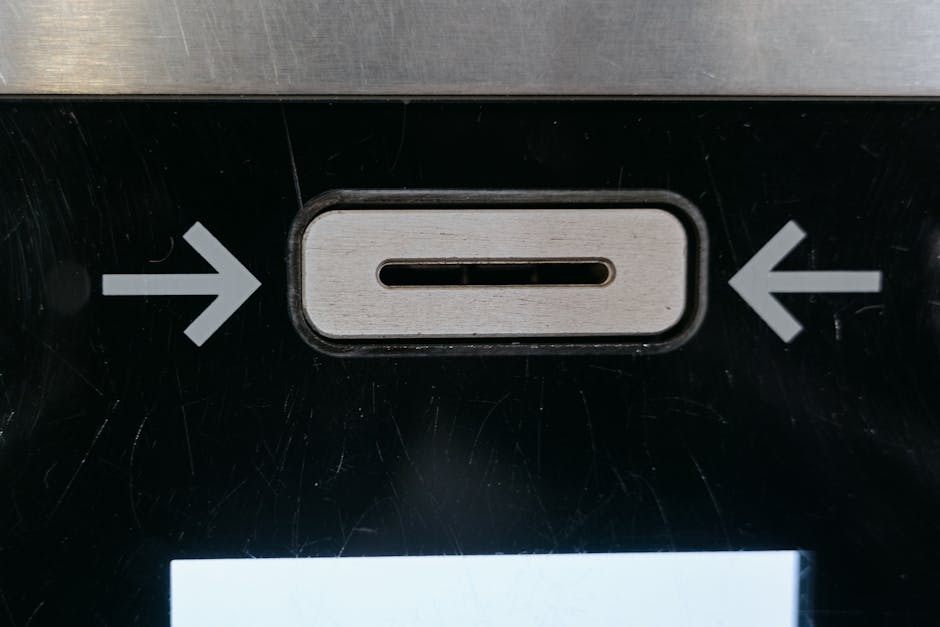The Future of Public Transport: Innovations in the Manchester Tram System
Public transport is the lifeblood of any modern city, enabling mobility, reducing traffic congestion, and contributing to environmental sustainability. In Manchester, the tram system, known as Metrolink, has been a pivotal part of the city’s transportation network. However, as urban populations grow and technology advances, there is a pressing need to innovate and expand these systems. This blog post explores the future of public transport with a focus on the innovations in the Manchester tram system.
The Evolution of Manchester’s Tram System
Manchester’s Metrolink system, which began operations in 1992, has significantly evolved over the years. What started as a single line now spans nearly 100 kilometers, making it one of the largest tram networks in the UK. With over 99 tram stops and serving millions of passengers annually, it has become an integral part of Manchester’s public transport infrastructure.
Statistics and Growth
In 2019, Metrolink recorded more than 45 million passenger journeys, a testament to its popularity and importance. The system’s growth has been supported by continuous investments aimed at expanding the network and improving service efficiency.
Innovations Driving the Future of Manchester’s Tram System
As Manchester looks towards the future, several innovations and strategic initiatives are poised to enhance the Metrolink system, making it more efficient, sustainable, and user-friendly.
1. Introduction of Autonomous Trams
Autonomous technology is revolutionizing various sectors, and public transport is no exception. Manchester is exploring the potential of autonomous trams, which can operate without human drivers. This innovation promises several benefits, including:
- Increased Efficiency: Autonomous trams can optimize routes and schedules based on real-time data, reducing delays and improving punctuality.
- Cost Savings: Reduced reliance on human drivers can lower operational costs.
- Safety Improvements: Autonomous systems can minimize human errors, leading to safer journeys.
2. Smart Ticketing Systems
The future of public transport lies in smart ticketing systems that offer convenience and flexibility to passengers. Metrolink is investing in contactless payment solutions, mobile ticketing apps, and integrated fare systems that allow seamless travel across different modes of transport.
For instance, the introduction of the Bee Network, an integrated ticketing system, aims to unify bus, tram, and bike-sharing services, making it easier for commuters to switch between different modes of transport.
3. Sustainable Energy Solutions
Environmental sustainability is a key focus for the future of public transport. Manchester’s tram system is exploring various sustainable energy solutions to reduce its carbon footprint, including:
- Renewable Energy: Transitioning to renewable energy sources like solar and wind power to operate trams.
- Energy-Efficient Trams: Investing in energy-efficient tram models that consume less power.
- Green Infrastructure: Incorporating green roofs and walls at tram stops to enhance urban biodiversity and reduce heat islands.
4. Real-Time Data and Predictive Analytics
Utilizing real-time data and predictive analytics can dramatically improve the efficiency and reliability of tram services. By analyzing data from various sources, including passenger flow, traffic conditions, and weather patterns, Metrolink can make informed decisions to optimize operations.
Predictive analytics can also help in maintenance scheduling, identifying potential issues before they cause disruptions and ensuring that the tram system runs smoothly.
5. Enhanced Passenger Experience
Improving the passenger experience is crucial for encouraging public transport use. Innovations in this area include:
- Wi-Fi Connectivity: Providing free Wi-Fi on trams and at tram stops to keep passengers connected.
- Comfortable Seating: Upgrading tram interiors with more comfortable and ergonomic seating.
- Accessibility Improvements: Ensuring that the tram system is accessible to all, including those with disabilities.
Actionable Tips for Passengers
As the Manchester tram system continues to innovate, passengers can also take steps to make their journeys more efficient and enjoyable:
- Use Mobile Apps: Download Metrolink’s official app for real-time updates, route planning, and mobile ticketing.
- Plan Ahead: Check tram schedules and plan your journey in advance to avoid delays and congestion.
- Travel Off-Peak: If possible, travel during off-peak hours to enjoy a more comfortable and less crowded journey.
- Stay Informed: Follow Metrolink on social media and subscribe to notifications for the latest updates and service changes.
Conclusion
The future of public transport in Manchester is bright, with numerous innovations set to enhance the Metrolink tram system. From autonomous trams and smart ticketing to sustainable energy solutions and real-time data analytics, these advancements promise to make public transport more efficient, sustainable, and user-friendly.
By embracing these innovations and staying informed, passengers can look forward to a more seamless and enjoyable travel experience. As Manchester continues to invest in its tram system, it sets a shining example for other cities aiming to modernize their public transport networks.
Stay tuned for more updates on the latest developments in Manchester’s tram system, and explore how these innovations are transforming urban mobility for the better.






